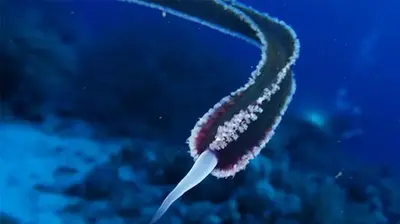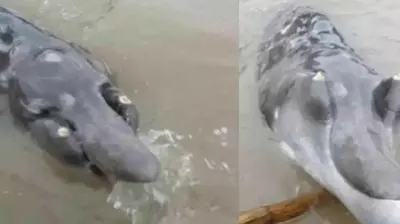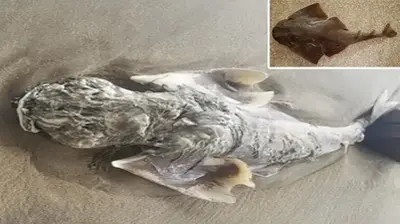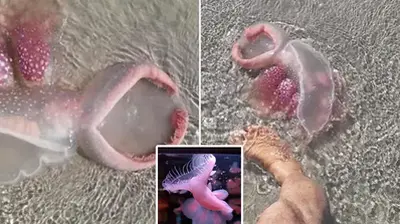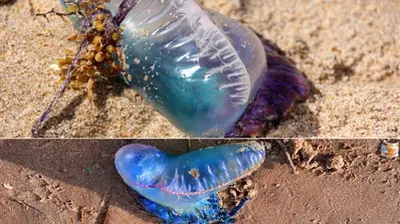Weird Animals
Strangely Colored Creatures Wash Up On Australian Beaches After Record Rainfall.
Experts have been left baffled by dozens of odd and colourful sea creatures left washed up on multiple Australian beaches.
The stranded seadragons have been found at various beaches in New South Wales, in Cronulla, Malabar and the Central Coast.
Circulated images of the increased number of dead marine fish follow weeks of record rainfall.

Experts have since expressed their concern and theories as to why the amount of wash-ups has increased to ten times the norm.
Beachcomer Betty Ratcliffe told The Sydney Morning Herald she discovered seven seadragons in the space of a week.
She said: “The first one I found had recently died; it was so vibrant, with orange, yellow and purple. Over the next couple of days I kept finding more and more.”
Over the past two weeks, over 20 seadragons have been found across beaches in Sydney according to professor of marine ecology at the University of Technology Sydney, Dr David Booth.

While it is illegal to handle seadragon bodies, those who have discovered the beached marine Animals have reported their findings to Dr Booth.
The professor predicts that there are likely over 50 of the Animals because of many not having yet been reported.
He said: “I’ve only ever seen one washed up. It was like, ‘My god, what’s happening?’ I reckon it’s about 10 times the normal rate of wash-ups.”
Dr Booth explained how weedy seadragons are ‘tough little devils’ in their ability to live around 10 metres below the surface as ‘homebodies’ who cling to kelp in strong currents, straying from their patch no further than 20 to 50 metres in their whole lifetime.
Dr Booth believes the number of wash-ups of seadragons has increased as a ‘result of some combination of the shocking weather, pollutants being washed into the ocean and big surf’.
The professor particularly noted the pollutants which have been churned up so much so that storms have affected more than just the usual top three metres of the water.

While the International Union for Conservation of Nature’s Red List of Threatened Species categorised weedy seadragons to no longer be ‘near threatened’ but of ‘least concern’ in 2017, there has been a reduction in sightings of the sea creatures in recent years.
“At Kurnell, Botany Bay, there might’ve been seven to eight you’d see in a dive; now there’s two to three,” Dr Booth reflected.
Climate change also poses a threat to the seadragons’ natural kelp habitats.
Dr Booth stressed the importance of keeping count of washed up seadragons, particularly as this ‘sort of storm is going to be more and more prevalent’.
-
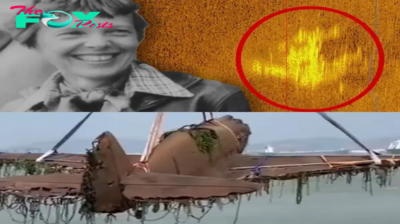
 Weird Animals4m ago
Weird Animals4m agonht.Breaking: Amelia Earhart’s lost aircraft artifacts discovered after 70 years.
-
Weird Animals4m ago
“Pangolins: Armored Guardians of the Wild”
-

 Weird Animals4m ago
Weird Animals4m agonht.Breaking news: A mysterious triangular UFO glides across the sky, surprising observers. Experts are studying it.
-

 Weird Animals4m ago
Weird Animals4m agonht.Concorde Crash and Air France Flight 4590: An Extraterrestrial Attack?
-

 Weird Animals4m ago
Weird Animals4m ago.Captivating Wildlife: Stunning Images Show Young Snakes Awaiting Mother’s Return..D
-
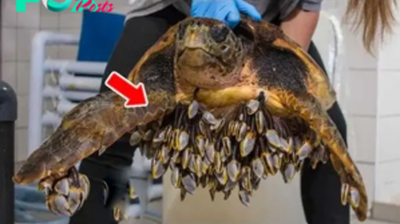
 Weird Animals4m ago
Weird Animals4m ago.Heroic Rescue: Elderly Turtle Saved from Mysterious Creature Attached to Its Shell..D
-
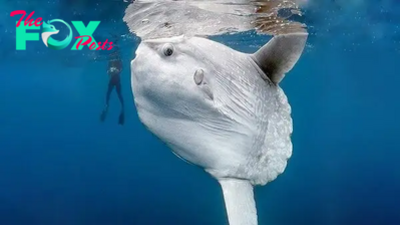
 Weird Animals4m ago
Weird Animals4m ago.Deep Sea Wonder: 22ft Circular White Fish Charms Diver, Becomes Social Media Sensation..D
-

 Weird Animals4m ago
Weird Animals4m agonht.The astonishing discovery of an alien mummy, perfectly preserved as if alive, shocked everyone.
